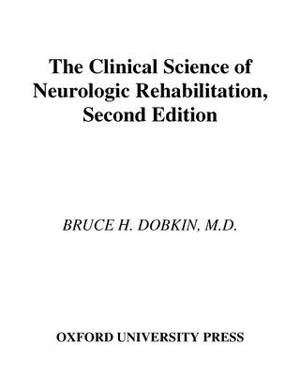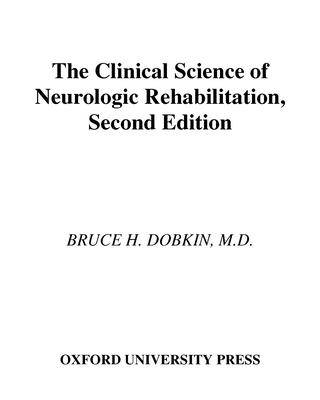
- Afhalen na 1 uur in een winkel met voorraad
- Gratis thuislevering in België vanaf € 30
- Ruim aanbod met 7 miljoen producten
- Afhalen na 1 uur in een winkel met voorraad
- Gratis thuislevering in België vanaf € 30
- Ruim aanbod met 7 miljoen producten
Zoeken
The Clinical Science of Neurologic Rehabilitation
Bruce H. (Professor of Neurology, and Medical Director, Neurolog
€ 167,95
+ 335 punten
Omschrijving
This work translates neuroscientific research to illuminate ongoing and future practices for the rehabilitation of patients with neurological diseases. The author dissects fundamental concepts, current practices, and clinical trials to define what clinicians and researchers need to consider as they pursue best practices and areas for exploration.
Specificaties
Betrokkenen
- Auteur(s):
- Uitgeverij:
Inhoud
- Aantal bladzijden:
- 632
- Reeks:
Eigenschappen
- Productcode (EAN):
- 9780195150643
- Verschijningsdatum:
- 27/02/2003
- Uitvoering:
- Hardcover
- Afmetingen:
- 257 mm x 180 mm
- Gewicht:
- 1463 g

Alleen bij Standaard Boekhandel
+ 335 punten op je klantenkaart van Standaard Boekhandel
Beoordelingen
We publiceren alleen reviews die voldoen aan de voorwaarden voor reviews. Bekijk onze voorwaarden voor reviews.








